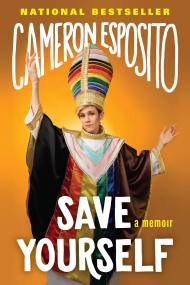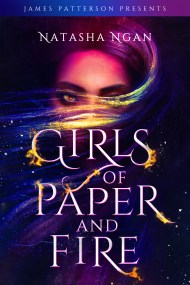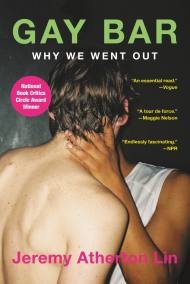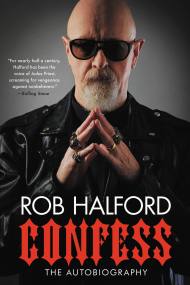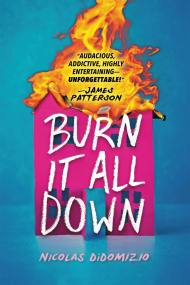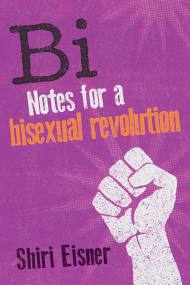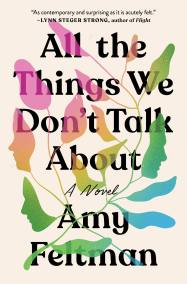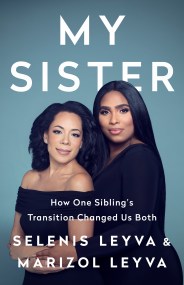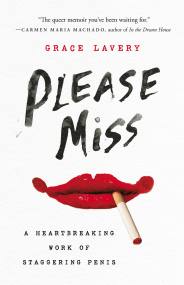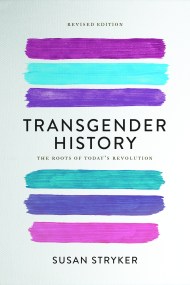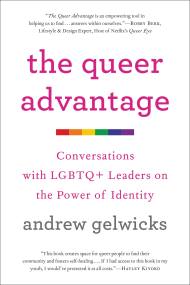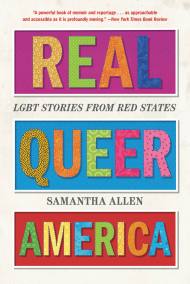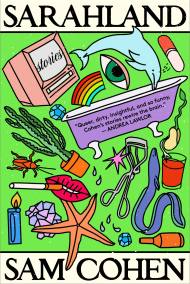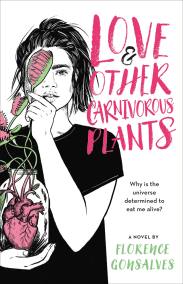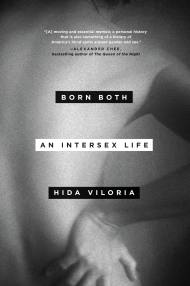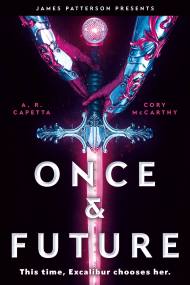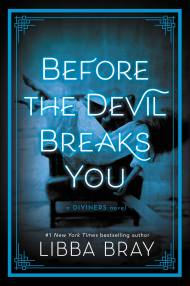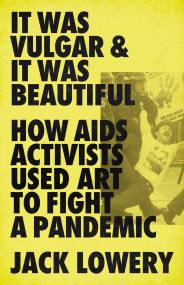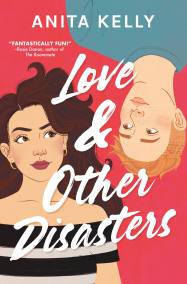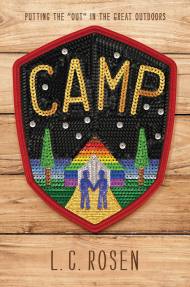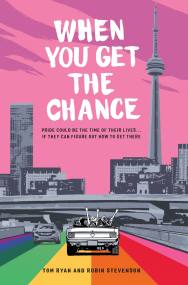A Guide to Pride: Reading Through the LGBTQIA+ Rainbow
Pride started as a day to commemorate the 1969 Stonewall Uprising in Manhattan, a monumental day for the Gay Liberation Movement back when queer people could be arrested just for gathering together in public spaces. Now it’s a month-long celebration of love and life for the LGBTQIA+ community, a community which is still overlooked in media and legal civil rights around the world.
The queer community used to be known as the LGBT community, but as it’s all about loving who you are no matter who or how you love, the community is constantly evolving, and so is the name. So whether you’re looking for more people you identify with in literature, or you’re an ally looking to learn more about a specific identity, this list highlights books written by and/or about people who are all along the rainbow spectrum. Enjoy reading and Happy Pride!
L – Lesbian
Despite being the first initial in the name, the term lesbian is still often looked at as an ugly word. It’s considered a NSFW category, fetishized by straight men. But lesbians aren’t scary, ugly, or any stereotype – they’re just women who happen to love other women.
In Cameron Esposito’s hilarious memoir, she recalls her journey from aspiring Catholic priest to lesbian comedian, with all the bumps along the way. It’s about learning to live life out loud and saving yourself in the process.
Lei is taken by royal guards to an oppressive palace, where she meets other girls who have been snatched like her for the king’s wishes. Only rather than fall for the king, she finds love in one of the other concubines. This book is for fans of high fantasy. This one is part of a series, too, so buckle up!
G – Gay
Of the queer representation we get on screen, much of them are gay men. The word “gay” has become so commonplace, it’s often used synonymously with “queer” and in place of “lesbian” or “bi.” Just know that saying “that’s gay” as an insult is no longer cool, nor was it ever, and the community will now take it as a compliment.
The Stonewall riots happened at the Stonewall Inn, a now famous gay bar in Greenwich Village. Gay bars have been important, groundbreaking spaces where queer people could find safety and community for over a century. As they begin to shut down in the wake of a fluid world, Jeremy Lin explores the relationship between place and identity for the gay community that found refuge in these watering holes.
Rob Halford is famous as the front man of heavy metal band Judas Priest. He also came out as homosexual in 1998. In his new memoir, he lays it all out, from addiction and sex to being a rock-and-roll legend, proving once again that gay men aren’t just a stereotype.
A twisty work of fiction following a divorced mother and her gay son who accidentally commit a series of crimes, flee the state, and try to find redemption. It’s hilarious, witty, and revolves around family.
B – Bisexual
Bisexuals have a lot of stigma around them still – can they be trusted? Are they just playing pretend? Maybe they’ll figure themselves out. Well, bi babies, these books see you like they’re looking in a mirror.
Eisner jumps right into the issues of bi erasure and the ways both straight and gay people have rejected bisexuals. She challenges the stereotypes and discusses the politics around bodies, romance, and the limitations of monosexuality.
A modern queer family story about a nonbinary child raised by their neurodivergent father and their mom who comes back into their life after being dumped by her girlfriend. Though bisexuals are not the enemy, they do come in all flavors, including messy.
T – Transgender/Transsexual
The T stands for trans – both transgender (meaning your gender does not align with your biological sex at birth) and transsexual (meaning your gender and sex do not align and you wish to/plan to change it). Not everyone who is transgender is transsexual, but the two are often collectively referred to simply as trans. Not everyone who is trans identifies with one side of the gender binary, but rather often somewhere in between.
Selenis Leyva, also known as Gloria from Orange is the New Black, was a working actress at the time her younger sibling Marizol came out as a trans woman. She wasn’t familiar with the identity, nor were the other members of their Latinx family. Written together by both sisters, My Sister illustrates the ways in which two people can perceive an experience entirely different, and how you truly never know what someone is going through.
A jump into the deep end, Please Miss is a radical queer memoir of a trans woman who bends both gender and genre. Lavery lived a million lives – including writing a socialist manifesto pretending to be a porn parody of a game show – and is here to make dick jokes about them all, because, well, who better to make a dick joke than someone looking to get rid of theirs?
Famed LGBT+ historian and trans woman Susan Stryker takes readers through a breakdown of trans history in the 20th century to today, because despite what some may say, being trans is not new, not a trend, and not going away. This book is ideal for those who want to brush up on their history.
Q – Queer/Questioning
The Q can be a bit confusing. It stands for both queer (a slur of the past reclaimed by the community) and questioning, two blanket terms used by a number of people in the community who either haven’t found their label yet or don’t want one. Some people just don’t fit in a box, baby.
Andrew Gelwicks interviews the queer trailblazers who have made themselves seen: Margaret Cho, Billie Jean King, George Takei, and more discuss what it’s like to navigate queerness in a heteronormative world and the creative edge their queerness provides when they overcome the obstacles.
Also a collection of interviews, this one comes from on-the-ground trans reporter and GLAAD recipient Samantha Allen, who was a Mormon missionary not long ago and retains that love of middle America. She road trips the red states, meeting with someone gay every day, and is proving that queers aren’t just on the coast.
A series of short stories but almost everyone is named Sarah, and each Sarah is different. Queer Jewish writer Sam Cohen inhabits each Sarah’s origin story to illustrate how traditional narratives no longer serve the queer and the liberated, with a witty voice and sharp sense of humor, too.
Danny feels like her life is falling apart. She’s losing friends, failing school, and failing her body. In ED treatment, she meets an older girl and starts to think she’s finding herself again – this time as a version who likes women. This book is for those who are into a dark teenage narrative of self-sabotage and self-discovery.
I – Intersex
Unlike the other identities in the initialism, intersexuality is a biological difference which can be scientifically proven. It is the difference of being born with a mix of both male and female reproductive organs, but it’s not as simple as you think. Sometimes it just means you have one ovary. Sometimes your hormones are off. Often it goes undetected until puberty, but if it is detected at birth the doctor makes the choice then and there, which has often led to an identity crisis later.
Unlike the many stories of doctors and parents choosing a sex/gender for their intersex child, Hida Viloria was never surgically altered at birth to fit into a societal norm. In this groundbreaking memoir, Viloria chronicles what it was like to grow up, step out of, and find peace in the in-between of gender and sex.
A – Asexual/Aromantic
The A is another initial doing overtime, standing for both asexual and aromantic. Asexual (ace) means you don’t feel sexual feelings with other people. You can still totally want to be cute and romantic and have long fulfilling relationships with them. Aromantic (aro) means you don’t feel romantic feelings for other people. You can also be both aro and ace.
A reimagining of the classic myth of King Arthur, in which the king is Arti Helix, a teenage girl saving the universe from an evil corporation and government. She and her cast of knights are far from the straight white men of the past mythology, including an openly asexual knight.
The third in the magical-realism drama The Diviners, Before the Devil Breaks You takes place in 1927 New York, the height of the jazz age, following a group of friends with magical abilities battling sinister spirits. Love and friendships are tested as secrets come out in the midst of a panic, including one character’s identity as ace.
+
The plus is anything else, baby! Love and gender are a spectrum that cannot be contained.
Many gay men were lost to AIDS in the 1980’s, and the public opinion was that AIDS was a “gay disease” and deserved for their sins. Lowery reports on how ACT UP (AIDS Coalition to Unleash Power) and Gran Fury turned public opinion around by combining art and activism to fight ignorance. Another great one for those interested in queer history.
Dahlia Woodson is looking for a fresh start on a cooking competition show, where she is determined to win. That is, until she lays eyes on fellow (nonbinary) contestant London Parker. This book is for fans of wholesome romance.
Sixteen-year-old Randy Kapplehoff spends his summer at Camp Outland, a camp specifically for queer children. Yeah, you read that right. Randy deals with love, drama, and gender performance as he vies for his crush’s attention. It’s the perfect low-stakes read to heal some inner queer kid trauma.
After a family tragedy, cousins Mark and Talia find themselves in Ontario after years apart. Despite having little in common, they head off on a road trip to Pride in Toronto, both of them celebrating their own queerness and finding friends and commonality along the way.
A cliché of a millennial, Amanda Moore has a podcast, Nineties Babies Nostalgia, a therapist (hi, Dolores), and a novel in the works. The only firm commitments she makes are to her cat and the climate.
